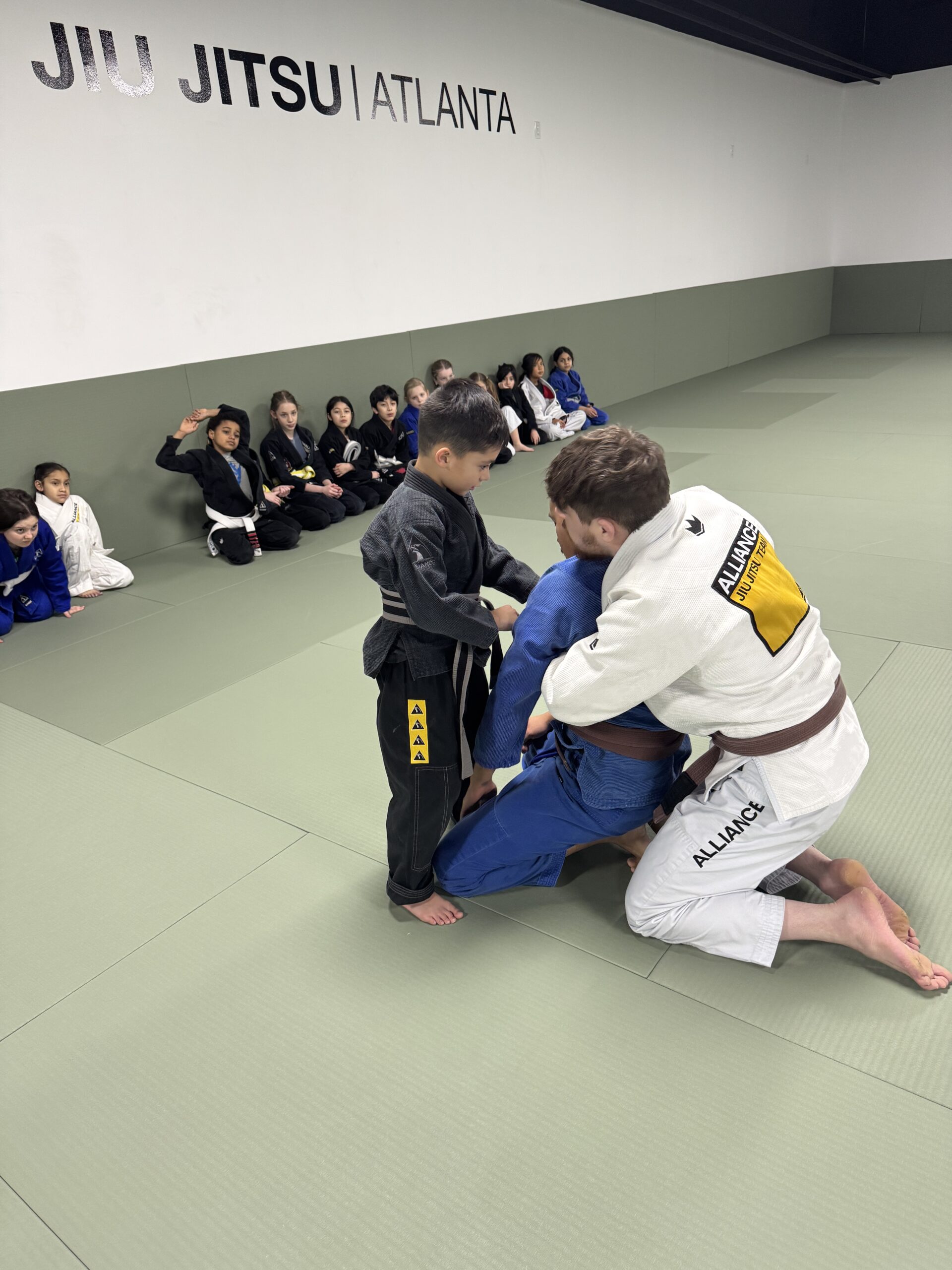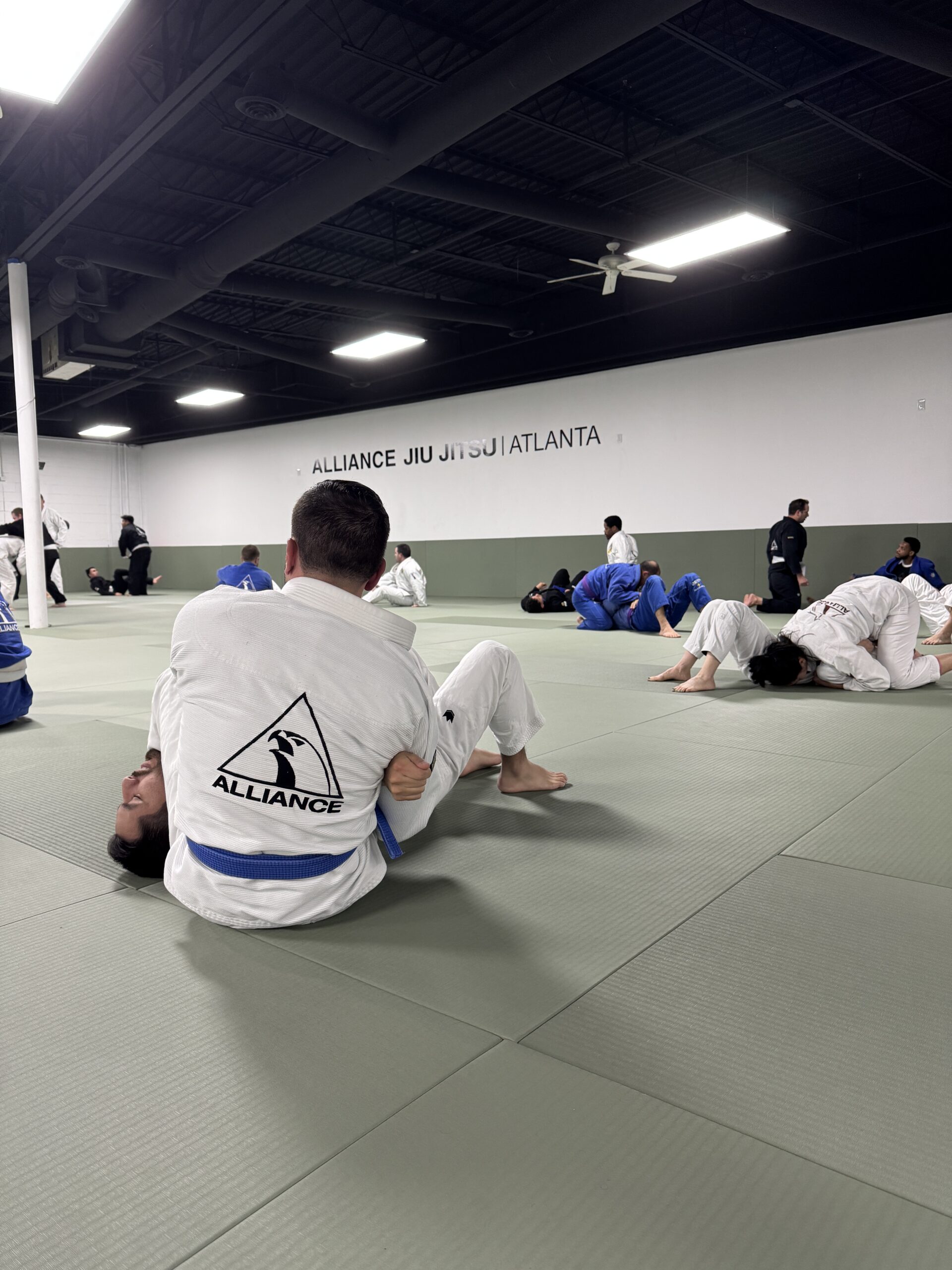
We teach teenagers the value of respect, discipline, and judgment, and they learn that knee-jerk decisions are often not the right ones.
They might – but martial arts classes are fun and social, and kids also see them as cool. We’re used to a little resistance, but we also know how to get teens interested in what we teach, and keep them interested.
Yes. Martial arts classes require teens to learn and then apply lessons to decisions in real time in our martial arts school. That’s a skill that they will carry with them everywhere they go.
Teens who study martial arts learn to carry themselves with strength and confidence, and that makes them less likely to be targeted by bullies. They also learn how to defend themselves if necessary.
Teens who want to excel in martial arts must make a commitment to continued study. We can’t guarantee that your teen will stick to it, but we can tell you that our instructors encourage persistence and teach teens that they can’t achieve their goals if they give up.
Yes. Respect is a core value in our martial arts school, and all students learn to respect their instructors, fellow students, and their parents.


Claim Your 3 Free Intro Classes